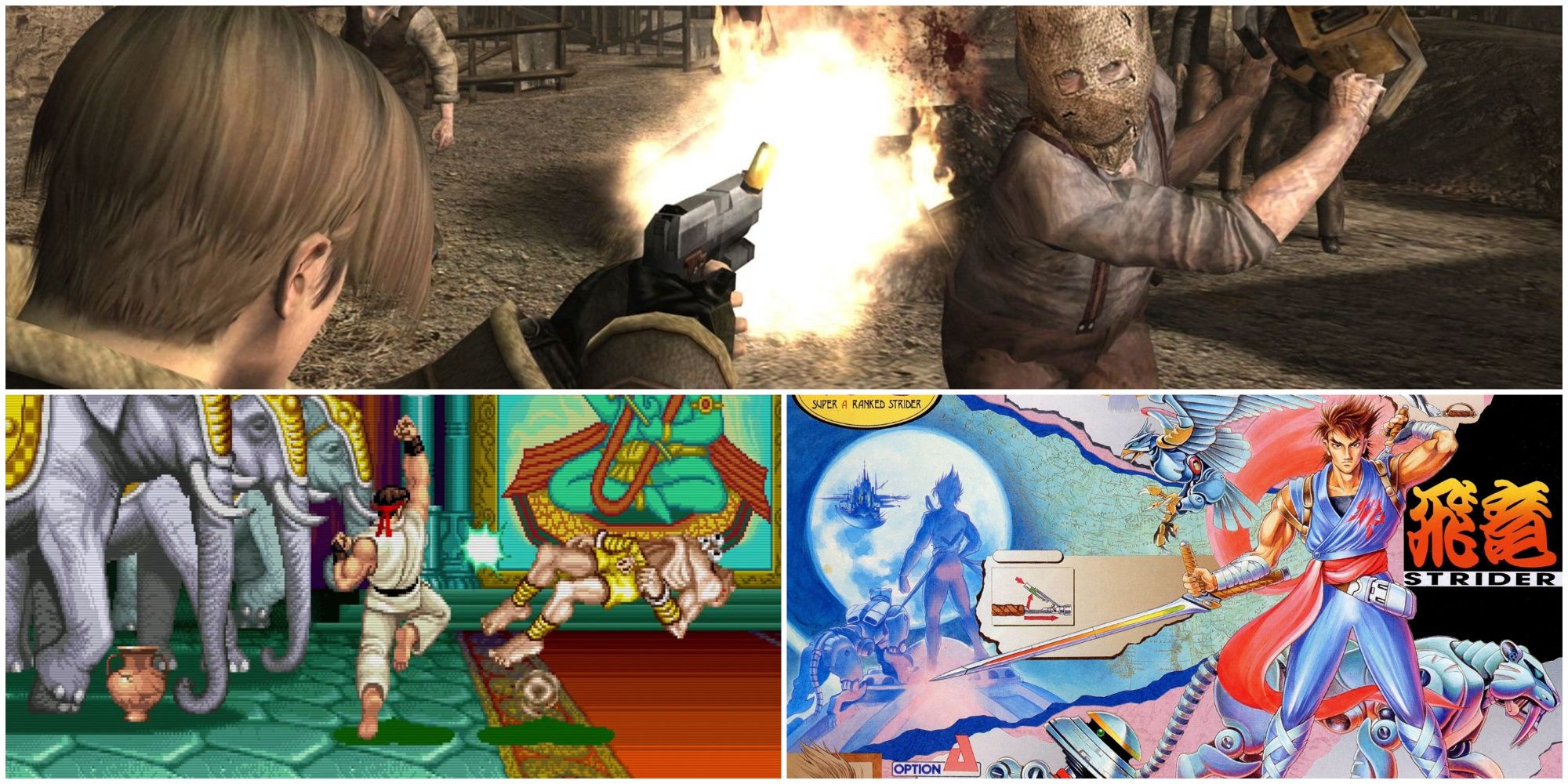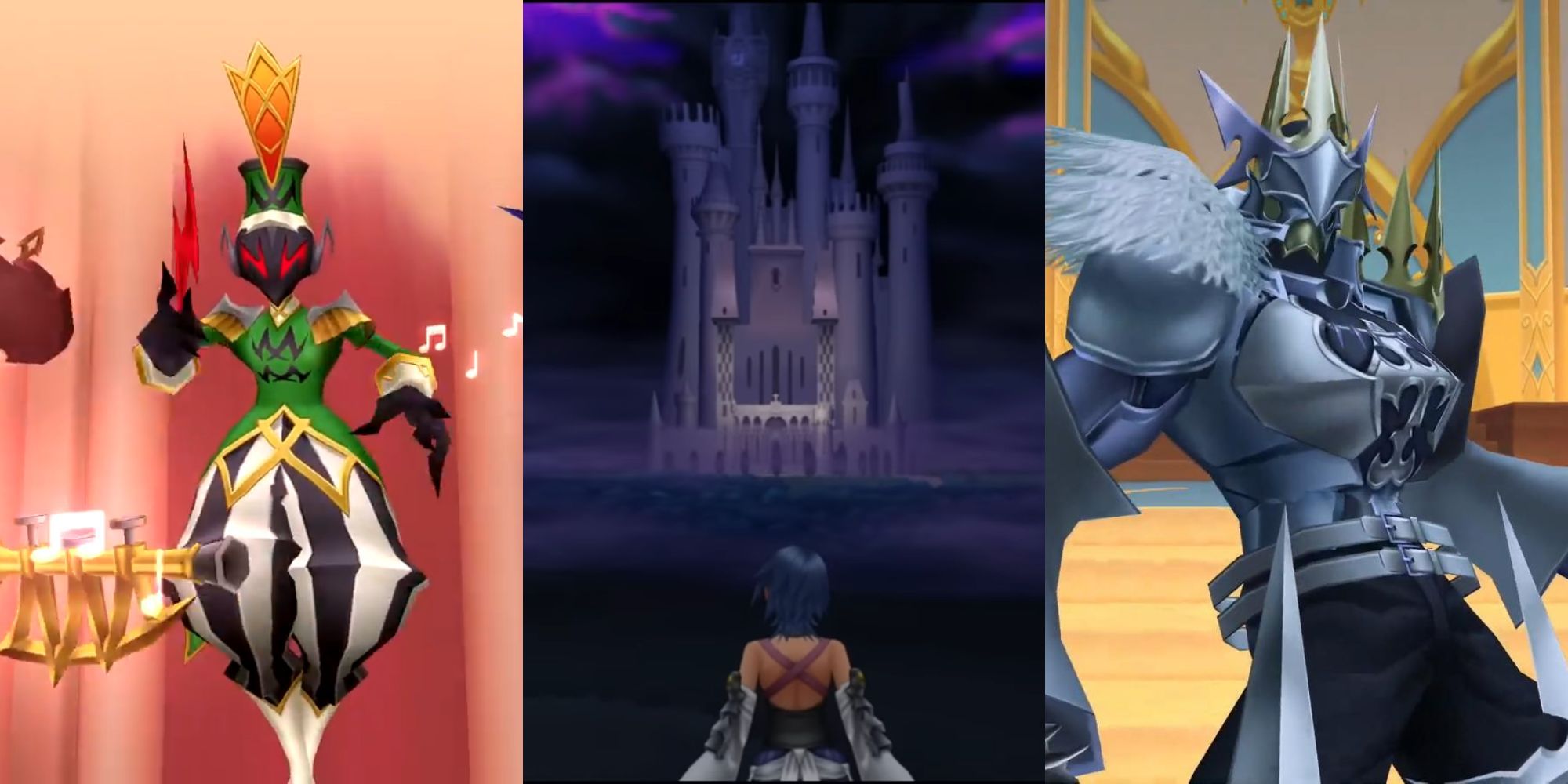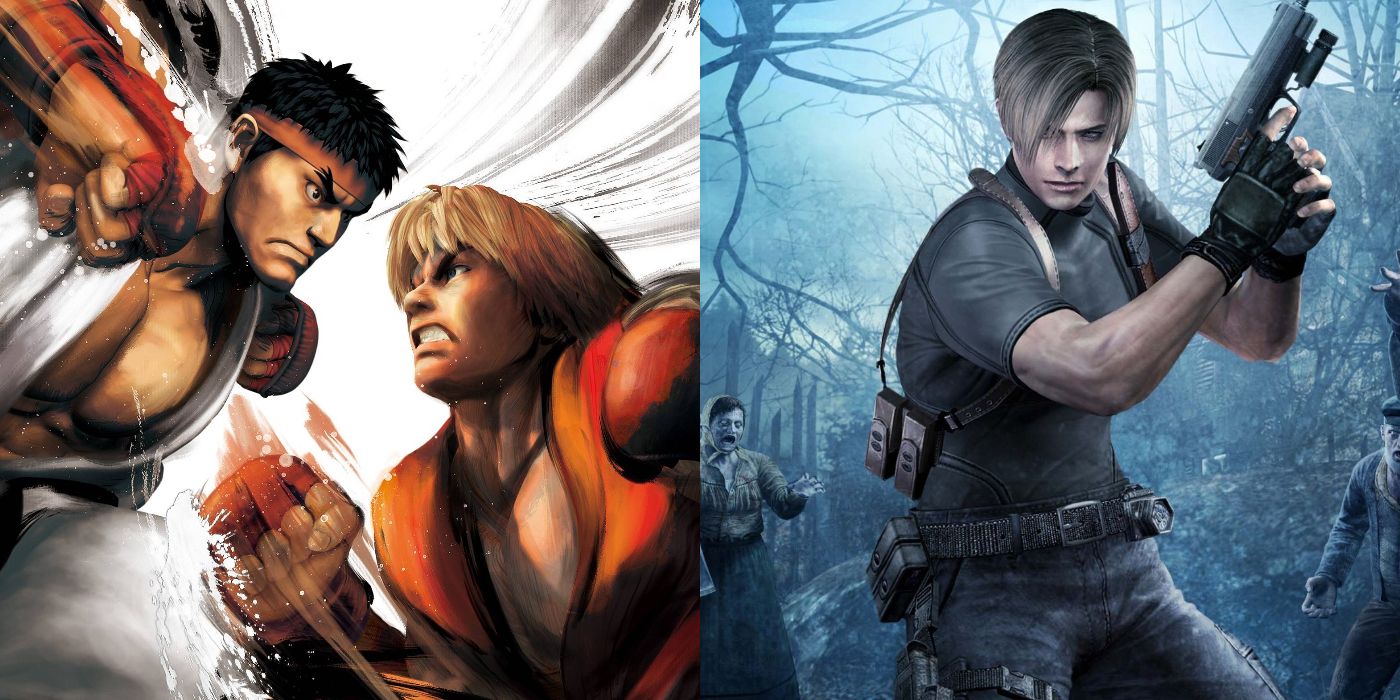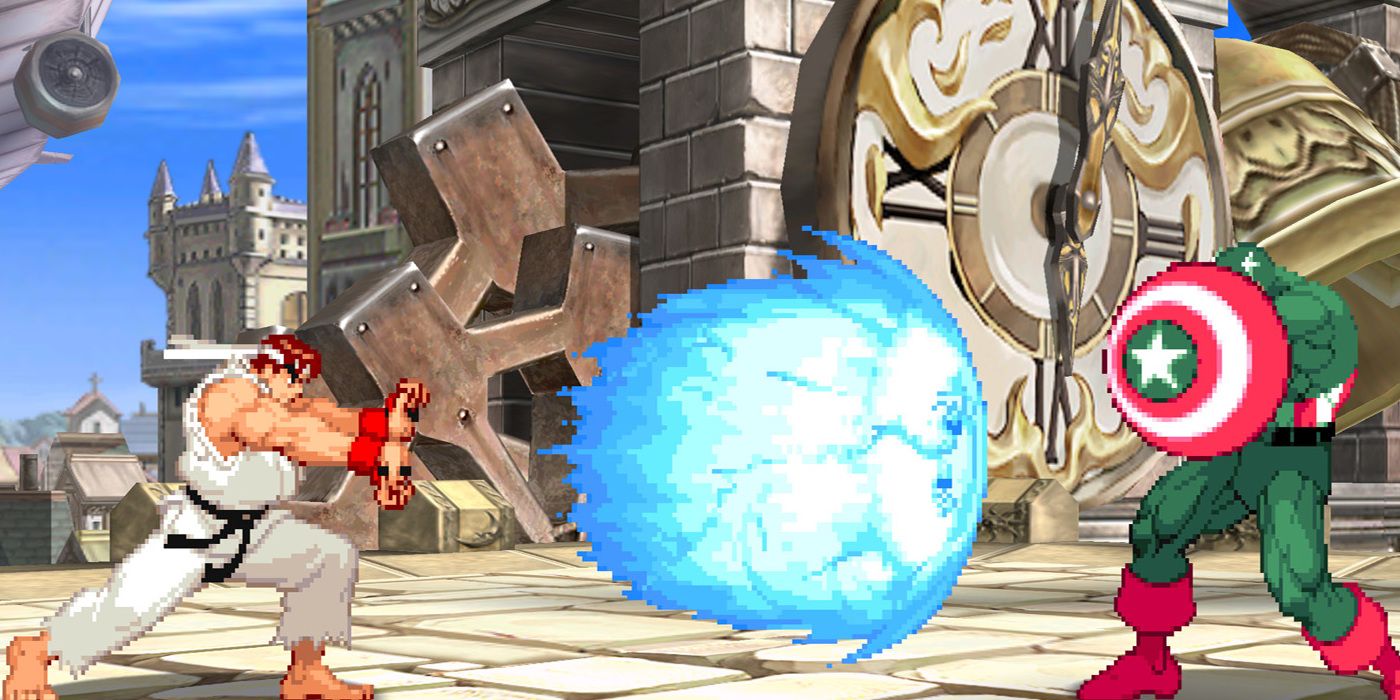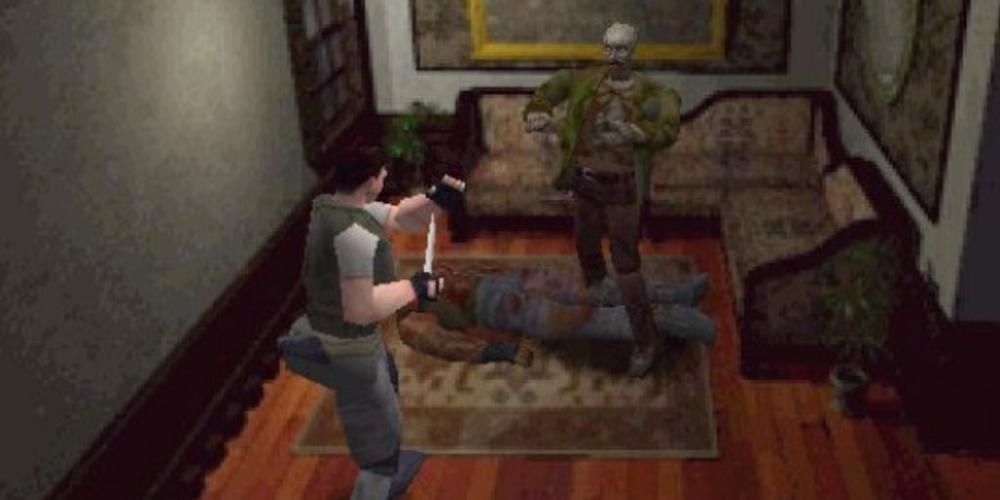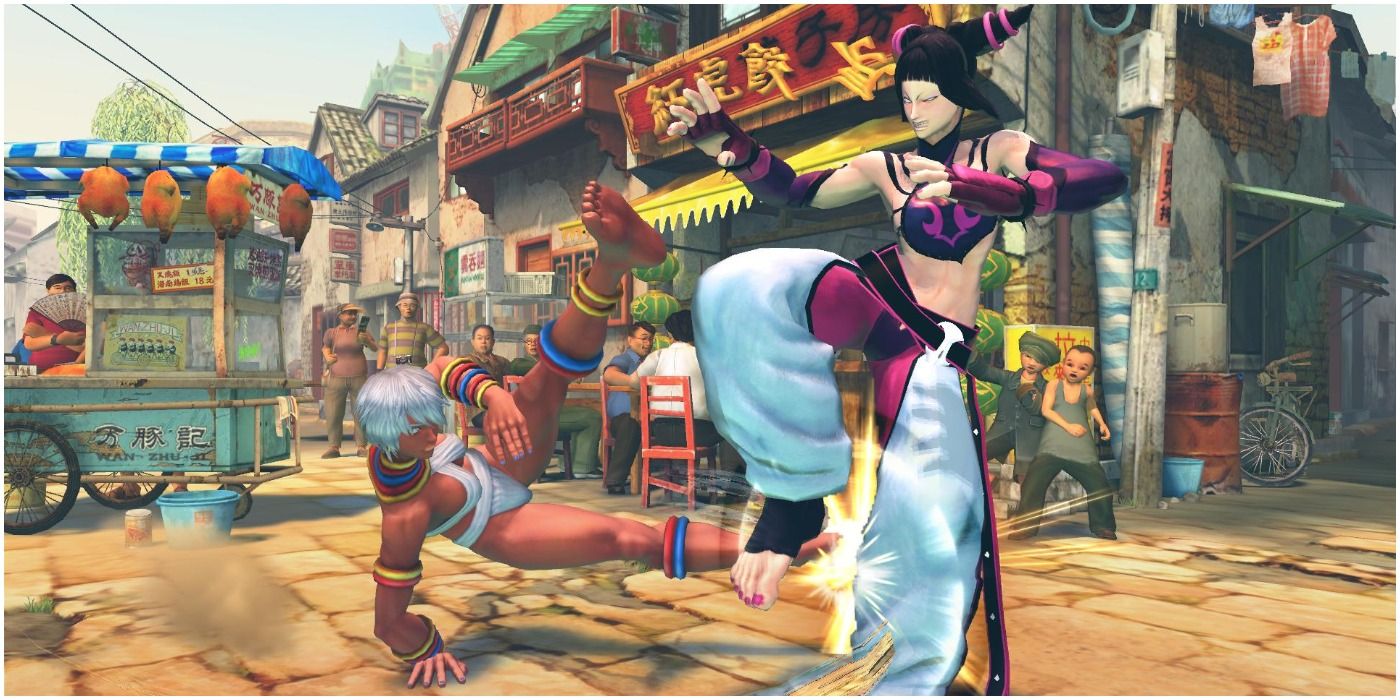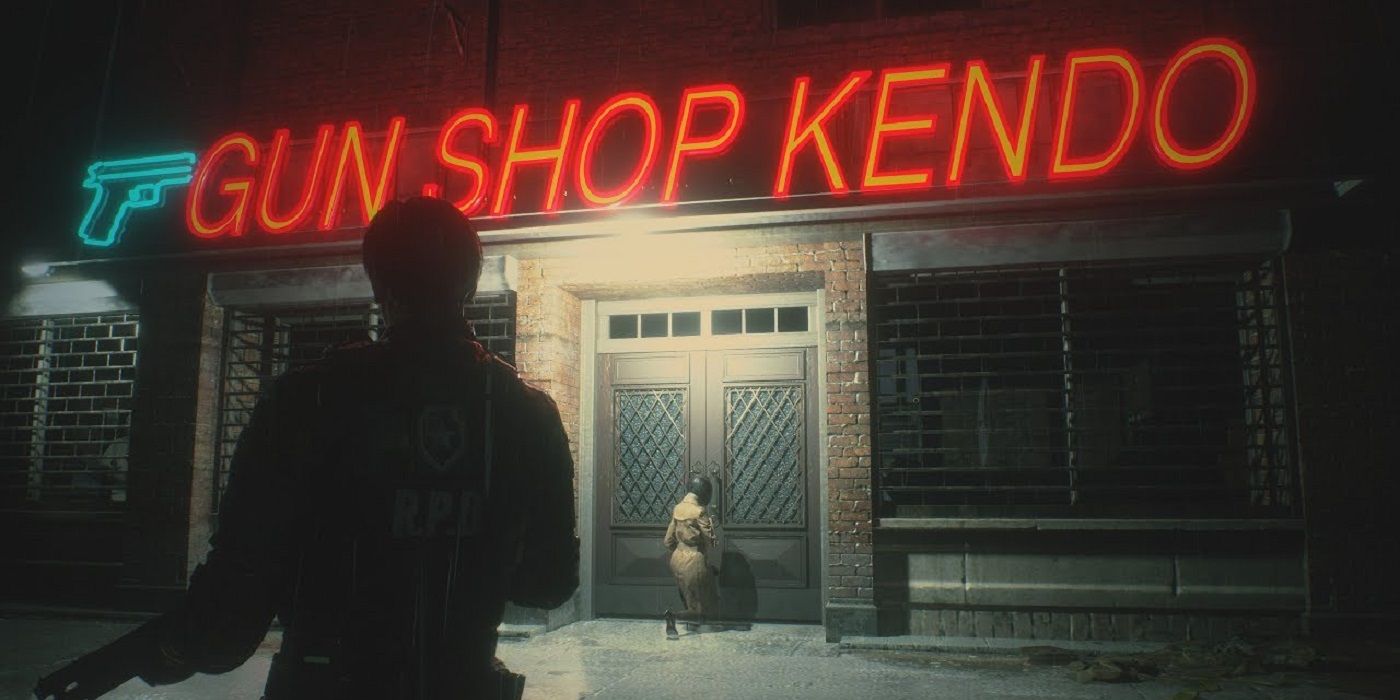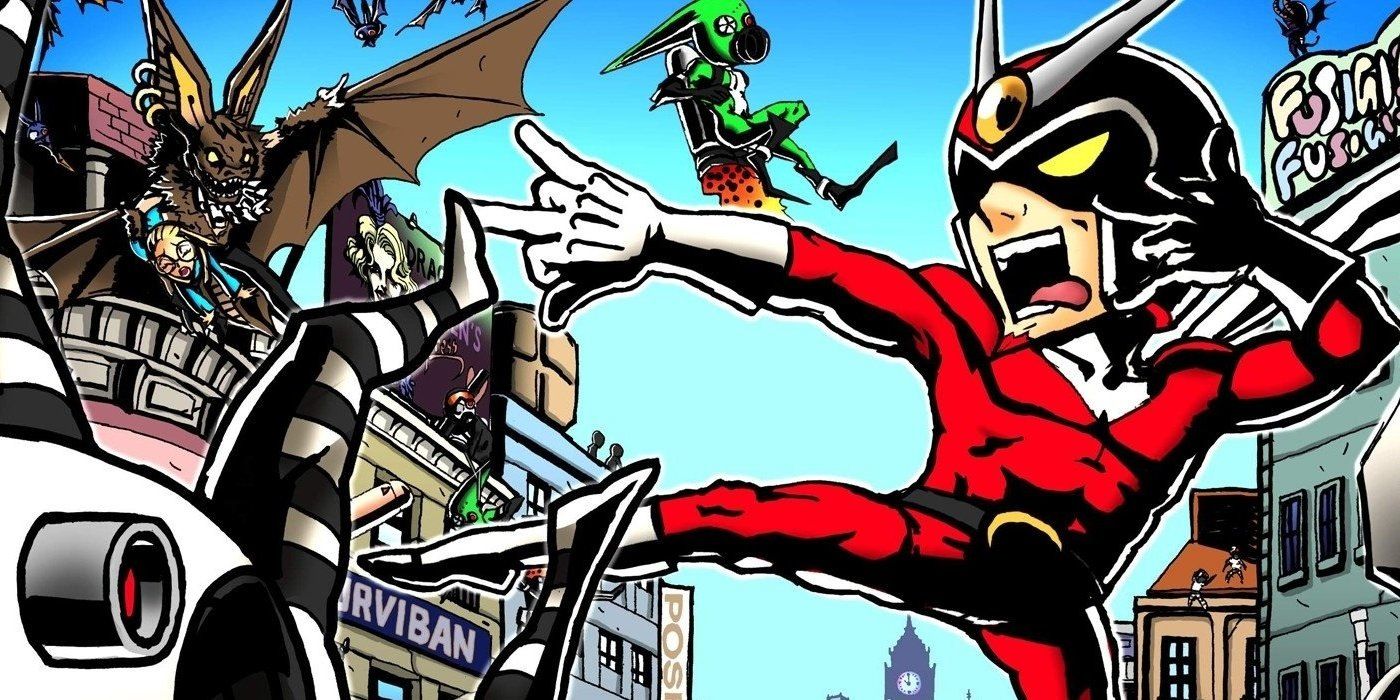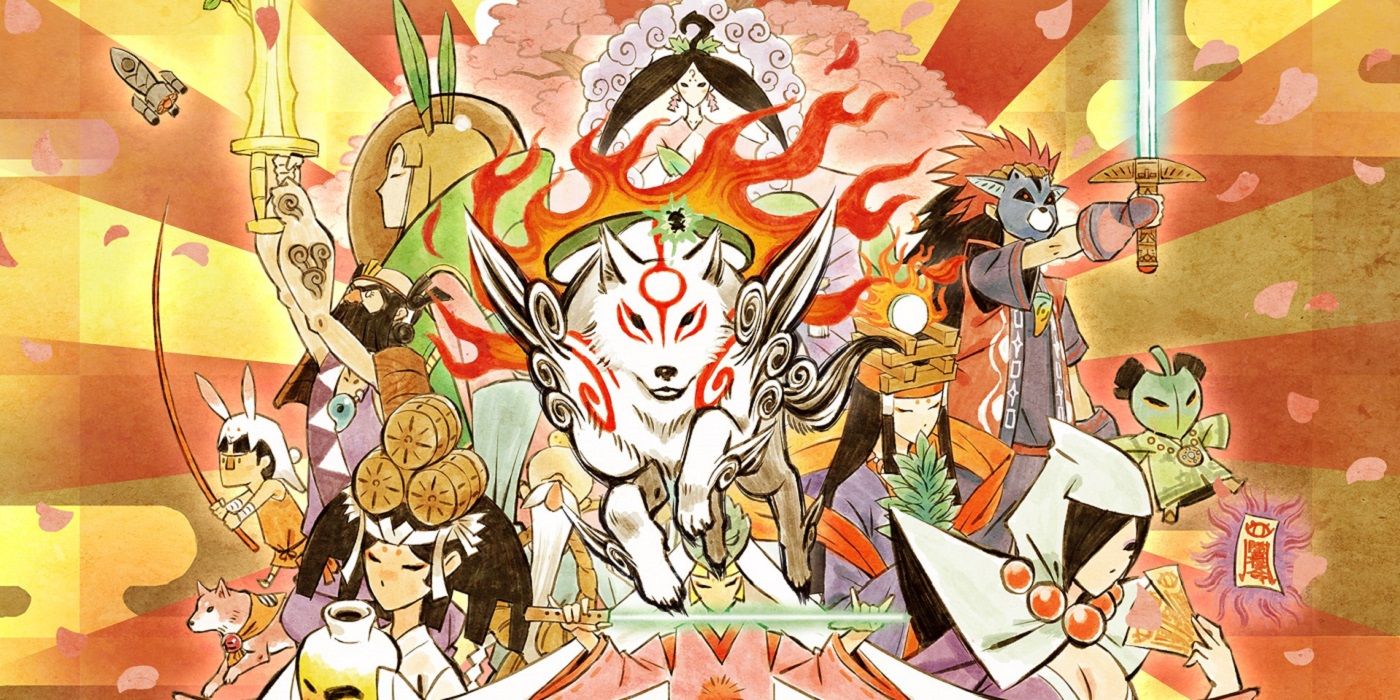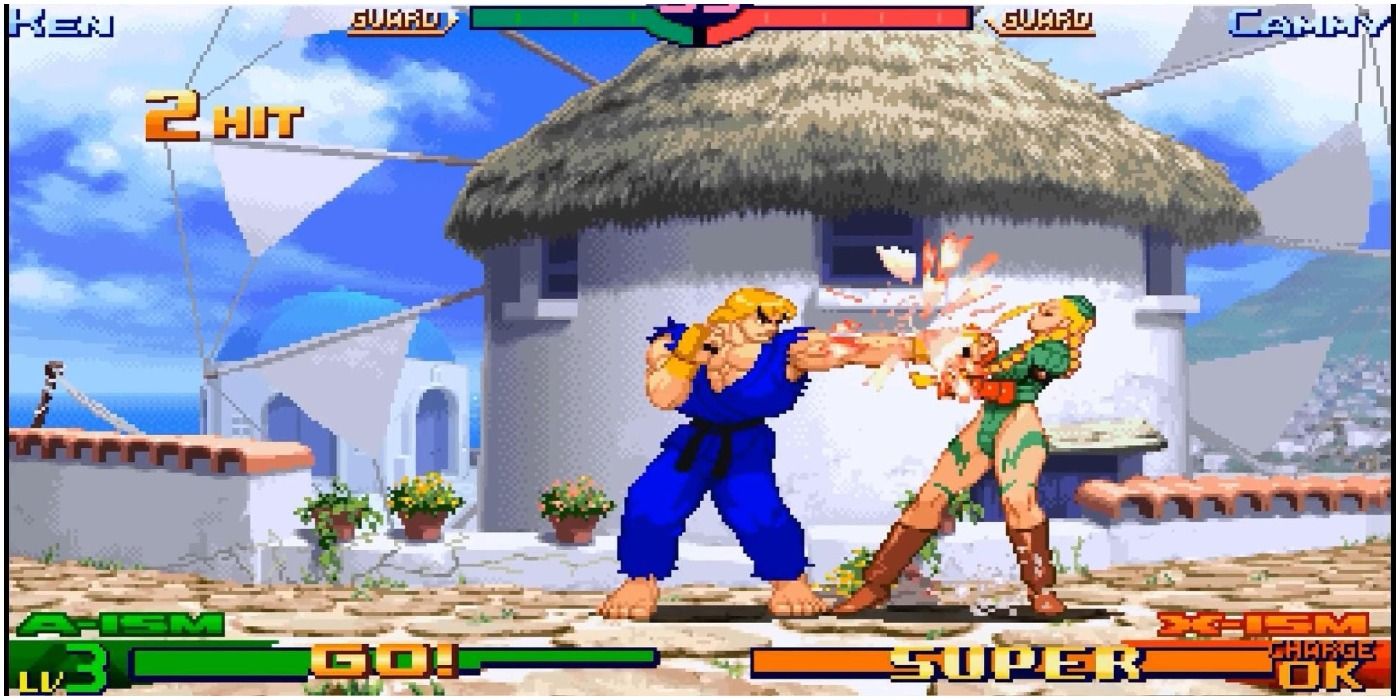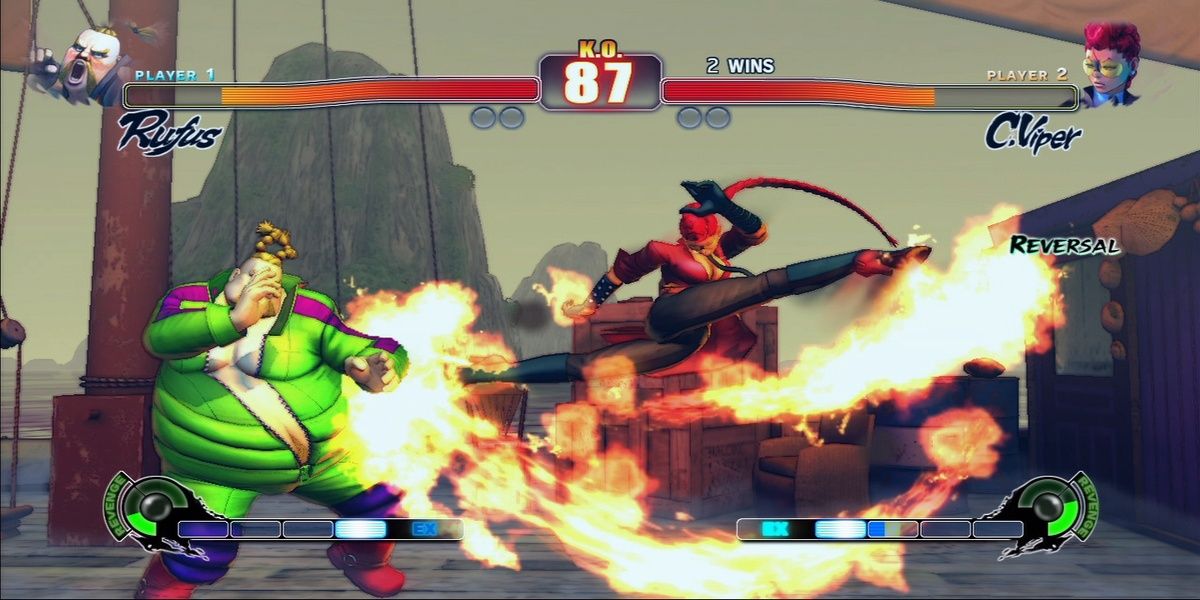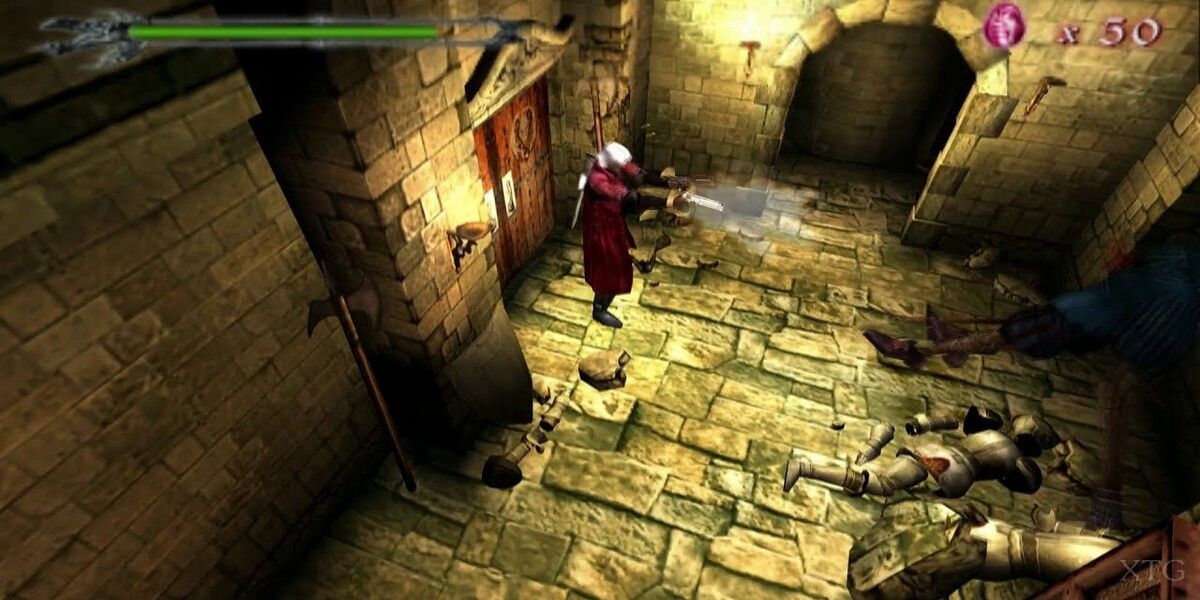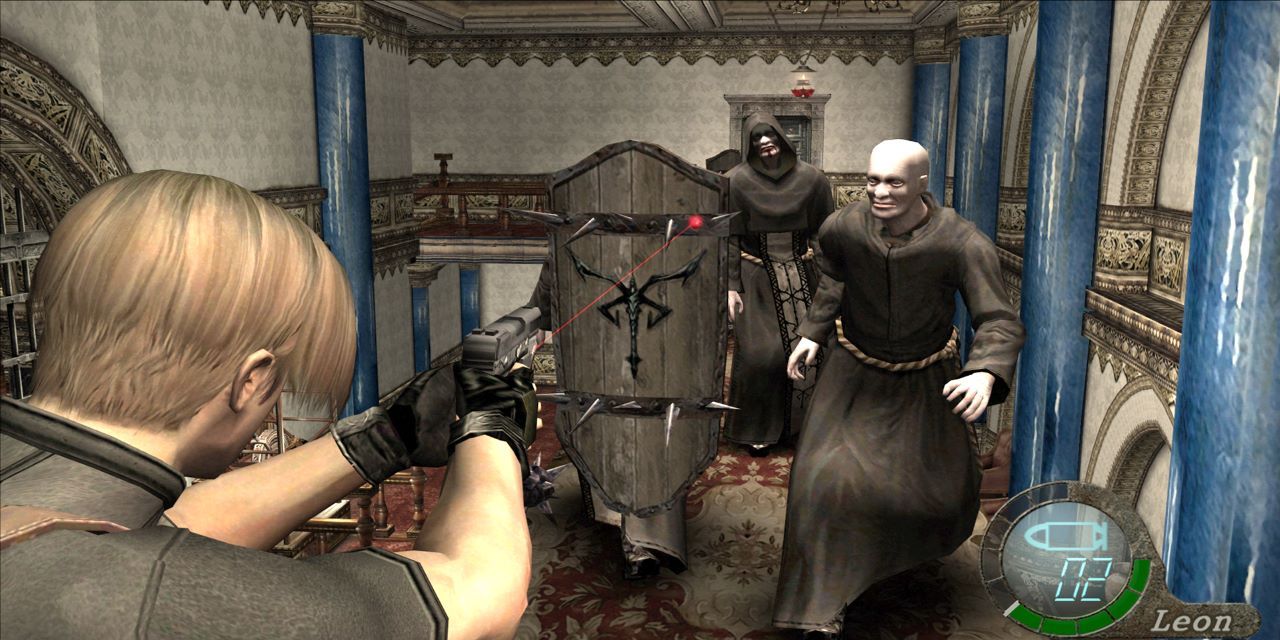Founded all the way back in 1979, Japanese company Capcom (successor of I.R.M Corporation) started life manufacturing and selling game machines. It wasn't until 1983 that their first game was developed, a coin-op named Little League. In 1984, the company saw the release of their first arcade game, Vulgus, and the following year their first home video game, 1942, hit shelves.
Since then, Capcom has gone on to create some of the most recognizable IP's like Mega Man, Street Fighter, Devil May Cry, and Resident Evil. Capcom's business model with video games has been centered around the idea of "if it's not broken don't fix it" as they have continuously opted to keep their biggest and most trust-worthy franchises alive and well with frequent sequels, prequels, spin-offs, and more recently, remakes.
10 Marvel vs. Capcom 2 (90)
Originally released in the year 2000 on the Dreamcast and in arcades, Marvel vs. Capcom 2 is, despite the name, the fourth entry into the Marvel vs. Capcom series. The game features a fantastic roster of characters that include Marvel superheroes and villains like Spider-Man, Captain America, The Hulk, and Doctor Doom; as well as having Capcom greats like Mega-Man and Ryu.
Marvel vs Capcom 2 differentiated itself from the Street Fighter games at the time with its tag-team playstyle. Players can form teams of three characters and can tag in or out at any point during the match. Moreover, off-screen teammates can provide "Assists" throughout the match, which can involve them jumping in to perform an attack or even heal their teammate.
9 Resident Evil (91)
One of the most innovative games to release on the PlayStation 1, the original Resident Evil revolutionized the survival horror genre and inspired series like Silent Hill and Dead Space.
What made Resident Evil so great was that it didn't just rely on jump scares and gameplay that consisted of trying to scare players as much as possible; it instead showed that the horror genre could have just as much depth as any other with its tricky puzzles, tactical combat that required astute ammo preservation, and an intriguing narrative with multiple endings.
8 Super Street Fighter IV (92)
Although the title may imply that Super Street Fighter IV is a DLC to Street Fighter IV, it was in fact a standalone game, but with a reduced initial price tag.
Among the game's numerous changes were a plethora of new characters that took the game's total to 35 and a welcome return of separate meters for Super and Ultra Combos. Furthermore, Super Street Fight IV offered some much-needed variety to the online mode. Additions included Endless Battle, an eight-player Winner Stays On mode; as well as Team Battle which, as the name suggests, puts players in teams of up to four players and lets them fight it out.
7 Resident Evil 2 (Remake) (92)
For many years, remakes were seen as low-effort cash-grabs from publishers who were just looking to profit off of a previous games' success; the 2019 remake of Resident Evil 2 is one of many games that has changed the opinion of these skeptics and has shown that when done right, remakes can be just as important and highly regarded as new releases.
Capcom doesn't just have Resident Evil 2's whopping 92 Metascore to show for their efforts, as the game won Ultimate Game of the Year at the Golden Joystick awards.
6 Viewtiful Joe (93)
A throwback to Capcom's past days of arcade side-scrolling beat em' ups, Viewtiful Joe tasks film-loving protagonist Joe with rescuing his kidnapped girlfriend. The combat, along with the frequent puzzle-solving, is centered around Joe's "Viewtiful Effects Power". Joe has three powers which can slow time, make Joe move at lightning speed, or temporarily increase his damage output.
Like with their Resident Evil 2 remake, Capcom were rewarded for their efforts with Viewtiful Joe through winning numerous accolades. Awards included GameCube Game of the Year from IGN as well as GameSpy's Most Stylish award. The game received a sequel just over a year later, Viewtiful Joe 2, which scored a respectable 86 on Metacritic.
5 Okami (93)
Okami tends to appear in a lot of top 10 lists such as these, though sadly they often have the words "underrated" or "underappreciated" in the title.
Capcom's Okami was lauded by fans and critics upon release for its memorable adventure and beautiful art style, though it struggled to perform in terms of sales. Over the years, however, the high-definition remaster Okami HD has spread itself across many different platforms, and Capcom has finally started getting the financial reward that the game always deserved.
4 Street Fighter Alpha 3 (93)
Street Fighter Alpha 3, a prequel to Street Fighter II, was originally released in 1998 and was the final entry into the critically acclaimed Street Fighter Alpha sub-series.
As well as being Capcom's (spoiler alert) second-highest rated fighting game on Metacritic, it also has the bragging rights of being included in Game Informer's 2019 list of the top 30 fighting games of all time. The game is also notable for removing the Auto and Manual modes and replacing them with A-ism, V-ism, and X-ism fighting styles; these modes offered further strategy to the game, as each came with a few drawbacks. For example, V-ism allows players to use custom combos but disables the use of Super Combos.
3 Street Fighter IV (94)
Street Fighter IV was released on consoles in 2009 and is considered to be Capcom's best modern fighting game. The game was praised for its wonderful character models and level art, as well as the impressive amount of replay value that it offers.
Street Fighter IV's enormous worldwide success has led to four other editions of the game releasing: Ultra Street Fighter IV, the aforementioned Super Street Fighter IV, Super Street Fighter IV: 3D Edition, and finally Super Street Fighter IV: Arcade Edition.
2 Devil May Cry (2001) (94)
The first entry into the long-running Devil May Cry series released on the PlayStation 2 in 2001. The game was originally going to be a part of the Resident Evil series, though this idea was dropped early in development when it became clear just how vastly different of a direction the game was going in.
Devil May Cry's commercial and critical success rejuvenated the hack and slash genre and showed that the gameplay style which was a cornerstone of the arcade era had a place in the world of modern 3D gaming.
1 Resident Evil 4 (96)
Capcom decided that it was time to mix up the Resident Evil formula in 2005 by ditching the fixed-perspective and instead put the camera behind the player, giving an over-the-shoulder perspective for the first time in the series.
Along with the innovative camera shift, Resident Evil 4 earned its eye-watering 96 Metascore with its memorable range of enemies, excellent boss fights, and tactical gameplay that constantly demands that the player is careful with both their ammo and resources that are spent with the iconic merchant. The game also offered great value for money with a lengthy main campaign that is supplemented by tons of post-game content including two side campaigns that let players control the series' antihero, Ada Wong.

